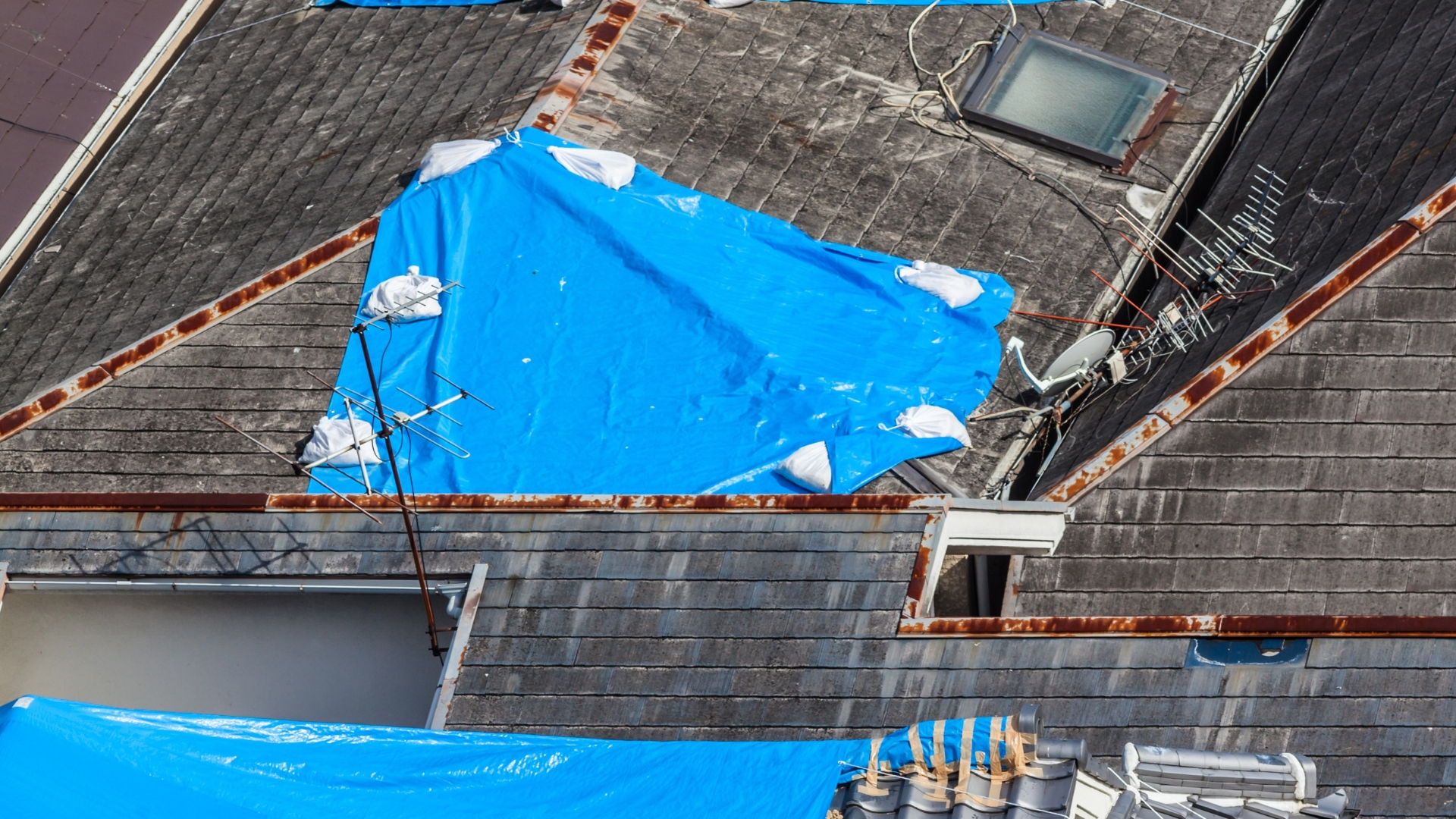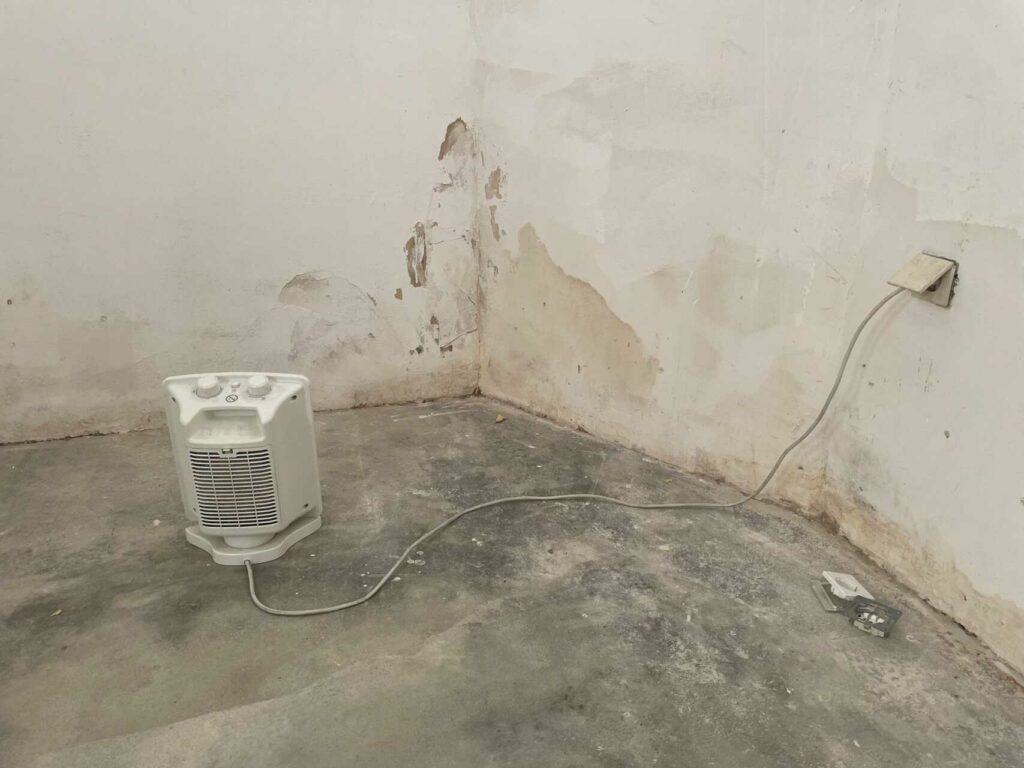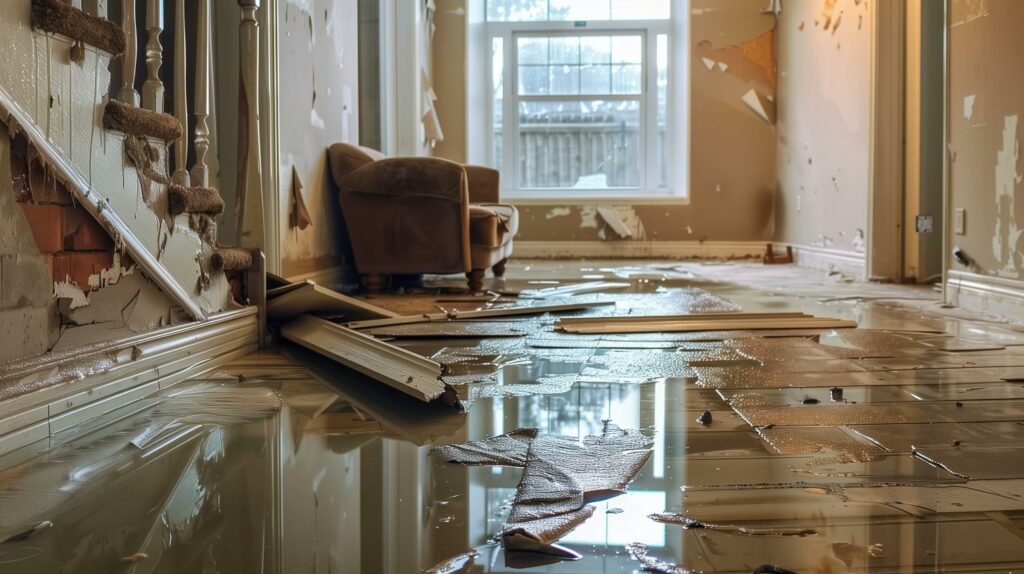Contents
At first thought, repairing a water-damaged house might not seem easy to fix. But with the proper treatment and consultation from professionals, it is possible to salvage a water-damaged house. Here is valuable information on how to repair a water-damaged home.
Should You Consult a Professional?
Yes, you can repair a water-damaged house. However, the extent of the damage and the repairs required depends on the severity of the water damage and the materials in your home’s construction. If you’re unsure whether your home can be repaired, it’s best to call a professional contractor specializing in water damage restoration. They will assess the damage and recommend the necessary repairs.
If you decide to repair the water damage, be cautious and follow all safety guidelines. It’s also important to have proper insurance coverage in case of additional damages resulting from your attempts at restoration.
Locate Water Source
If you plan on fixing the water damage yourself, first locate the water source causing water damage to your home. Three different sources of water that flow through homes can cause damage. The first water damage is clean water damage. This type results from leaky pipes, overflowing sinks, and rainwater. Since clean water isn’t harmful to humans, you can fix clean water damage relatively easily. All you need to do is dry the space.
The second is greywater damage. Greywater usually contains a lot of contaminants and bacteria harmful to humans. Broken toilets and sink plumbing are the main sources of greywater. Since the water is contaminated, you must be extra careful while handling damaged parts. Alongside drying the area, you must disinfect it to eliminate the contaminants. Last is black water; it is highly contaminated and unsanitary. It contains immense amounts of bacteria that humans shouldn’t come into direct contact with. Issues in your sewage system could cause black water damage. Call a professional to inspect the damage and fix it accordingly.
What Is the Degree of Damage?
The degree of damage also determines whether you can fix an issue yourself or if you need a professional.
Class 1 damage
Usually caused by clean water, is easy to fix. In class 1 damage, less water is absorbed, so drying becomes easy. Clear out the damaged space, use a few fans, and you’ll be ready.
Class 2 damage
You will notice fast evaporation, meaning the damaged parts are usually carpets, cushions, and other absorbent materials. Class 2 damages are hard to repair if they were caused by contaminated black water. Drying won’t suffice, so you must disinfect or even replace your items.
Class 3 damage
Usually seen in porous materials like walls and furniture. Class 3 damages are characterized by fast evaporation rates, so simple drying is enough to undo the damage.
Class 4 damage
Require the most effort to fix. They demand special water restoration and removal processes. If your floorboards are affected by class 4 water damage, you’ll need to inspect to find hidden moisture that could further damage them. It is best to consult a professional to help you fix class 2 and 4 damages to ensure all contaminants are eliminated.
Repairing a water-damaged house based on the type and water damage is possible. Consulting a professional will give you optimum results, but you can fix the house yourself if the damage is less. The information provided covers everything you need to know about water damage.




